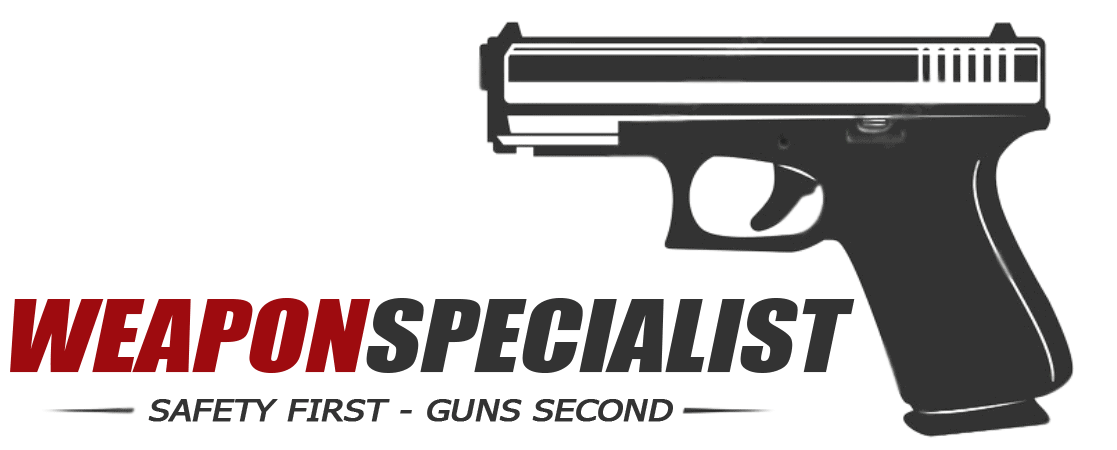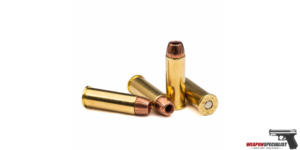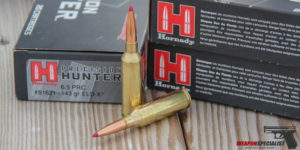A muzzle brake is a device that is attached to the end of a firearm’s barrel. Its purpose is to reduce the amount of recoil and muzzle rise that occurs when the gun is fired. Recoil is the backward force that is generated when a bullet is fired, and muzzle rise is the upward movement of the gun’s barrel that occurs as a result of this recoil.
Muzzle brakes work by redirecting the gases that are expelled when a bullet is fired. These gases are forced through small ports in the muzzle brake, which helps to counteract the backward force of the recoil and prevent the barrel from rising too much. This makes it easier for the shooter to stay on target and take follow-up shots more quickly and accurately.
Muzzle brakes are commonly used on rifles and other long guns, especially those chambered for high-powered cartridges. They can also be found on some pistols and shotguns, although they are less common in these applications. Muzzle brakes can be made from a variety of materials, including steel, aluminum, and titanium, and they come in a wide range of shapes and sizes.
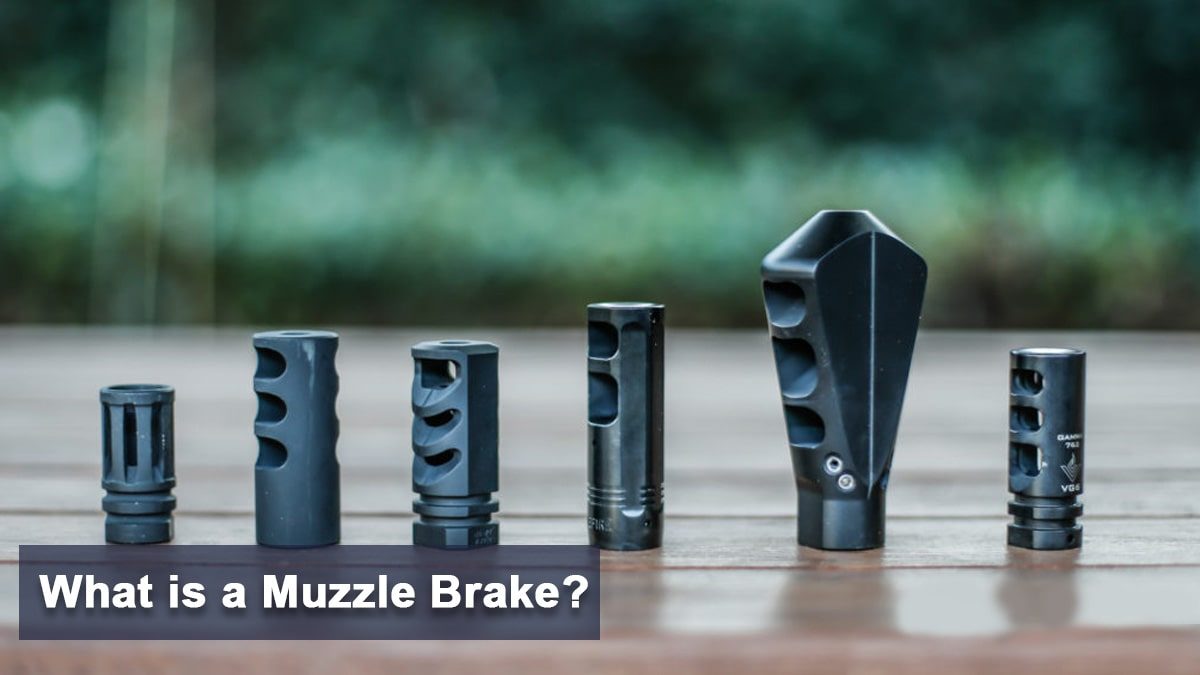
Types of Muzzle Brakes
Muzzle brakes come in various designs and styles:
1. Baffle-style muzzle brakes: These use a series of baffles and expansion chambers to redirect escaping gases, effectively reducing recoil and muzzle rise.
2. Expansion chamber muzzle brakes: These create an expanding chamber where gases are captured and redirected, minimizing recoil forces.
3. Blast forwarding muzzle brakes: Instead of venting gases to the sides or upwards, blast forwarding brakes direct them forward, reducing the shooter’s perceived recoil and muzzle rise.
Muzzle brakes also differ in how they attach to firearms:
1. Thread-on muzzle brakes: These are threaded onto the barrel’s muzzle end, providing a secure fit and alignment.
2. Clamp-on muzzle brakes: These are clamped onto the barrel, ideal for those who want to avoid threading their barrel or for quick changes between firearms.
3. Integral muzzle brakes: These are built into the barrel, ensuring a seamless look and consistent performance.
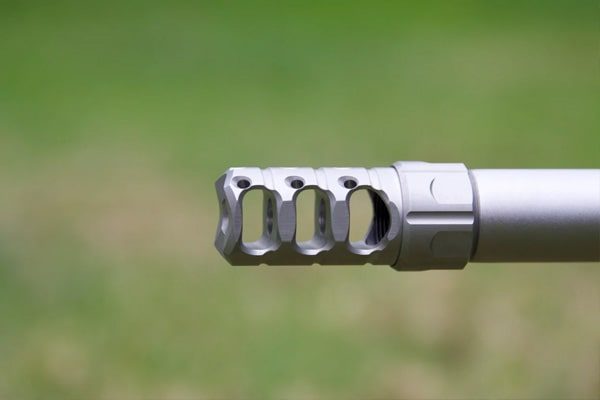
Benefits of Using a Muzzle Brake
1. Recoil reduction: Muzzle brakes significantly reduce recoil forces, making shooting more comfortable and aiding in faster target reacquisition.
2. Muzzle rise mitigation: They control muzzle rise, allowing for quicker follow-up shots and improved accuracy.
3. Improved accuracy: Reduced recoil and muzzle movement contribute to tighter shot groupings and enhanced overall accuracy.
4. Shooter comfort: Less recoil means less fatigue, enabling longer shooting sessions and improved marksmanship.
5. Follow-up shot speed: Faster follow-up shots can be crucial in competitive shooting or self-defense scenarios, and muzzle brakes facilitate this.
How Muzzle Brakes Work?
Muzzle brakes function by redirecting the high-pressure gases generated when a round is fired. Here’s how they work:
1. Gas redirection: Muzzle brakes use carefully designed baffles, chambers, and ports to redirect the high-velocity gases that propel the bullet forward.
2. Effect on recoil and muzzle rise: By directing these gases in specific directions, muzzle brakes counteract the forces that cause recoil and muzzle rise.
3. Impact on bullet trajectory: Muzzle brakes typically do not affect the bullet’s trajectory. However, they may cause a slight shift in point of impact due to the altered barrel harmonics.
4. Factors influencing performance: Performance varies based on factors such as the muzzle brake design, caliber, and firearm type.
Muzzle Brake Installation and Maintenance
Proper installation and maintenance are crucial for getting the most out of your muzzle brake:
1. Installing a muzzle brake: This section provides a step-by-step guide on how to install a muzzle brake, including the tools needed and proper alignment procedures.
2. Proper alignment and torque specifications: Ensuring your muzzle brake is correctly aligned and torqued is essential for optimal performance and safety.
3. Cleaning and maintenance: Learn how to keep your muzzle brake in top condition by addressing fouling, carbon buildup, and establishing an inspection and cleaning schedule.
Considerations When Choosing a Muzzle Brake
When selecting a muzzle brake, consider various factors:
1. Caliber compatibility: Ensure the muzzle brake is suitable for your firearm’s caliber.
2. Thread size and pitch: Match the muzzle brake’s threading with your barrel for a secure fit.
3. Material and finish options: Consider the material (e.g., stainless steel, titanium) and finish (e.g., matte, coated) that align with your preferences and needs.
4. Noise and concussion levels: Some muzzle brakes are louder and produce more concussion, so choose one that suits your shooting environment.
5. Weight and aesthetics: Balance the added weight of the muzzle brake against its benefits, and select a design that complements your firearm’s aesthetics.
What is Timing a Muzzle Brake?
Timing a muzzle brake is the process of aligning the ports of the brake with the barrel of the firearm. This is done to ensure that the gases released from the barrel are directed in a specific direction, which helps to reduce recoil and muzzle rise.
When a muzzle brake is not timed correctly, the gases may be directed in a way that causes the firearm to move in an unpredictable manner. This can make it difficult to control the firearm, which can be dangerous in certain situations.
Timing a muzzle brake is typically done by using shims or a crush washer to adjust the position of the brake on the barrel. This allows the ports to be aligned in the correct position, which helps to reduce recoil and improve accuracy.
It’s important to note that not all muzzle brakes need to be timed. Some brakes are designed to work effectively without any timing adjustments. However, if you are experiencing excessive recoil or muzzle rise, it may be worth considering timing your muzzle brake to see if it improves the performance of your firearm.
Why is Timing a Muzzle Brake Important?
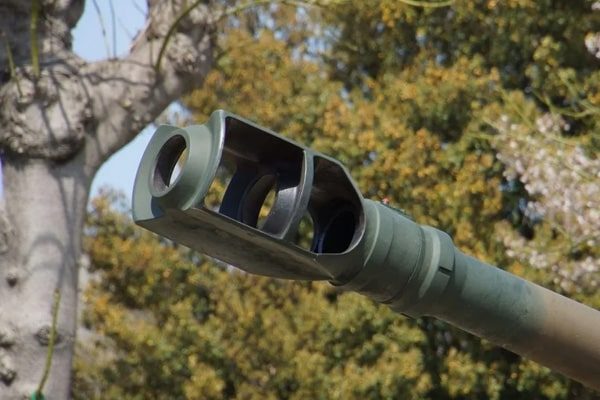
When it comes to muzzle brakes, timing is everything. Proper timing ensures that the brake is positioned in the optimal orientation to reduce felt recoil and muzzle rise. In other words, timing a muzzle brake means aligning the ports on the brake with the barrel’s position at the time of firing.
Timing a muzzle brake is important because it can significantly affect the performance of the brake. Improper timing can cause the brake to be less effective, or even make recoil and muzzle rise worse.
Additionally, timing a muzzle brake correctly can also help to reduce the amount of gas that is directed towards the shooter. If the ports on the brake are not properly aligned, gas can be directed towards the shooter, causing discomfort and even injury.
Overall, timing a muzzle brake is a crucial step in optimizing the performance of your firearm. By ensuring that the brake is properly aligned, you can reduce felt recoil and muzzle rise, improve accuracy, and increase your overall shooting comfort and safety.
How to Time a Muzzle Brake?
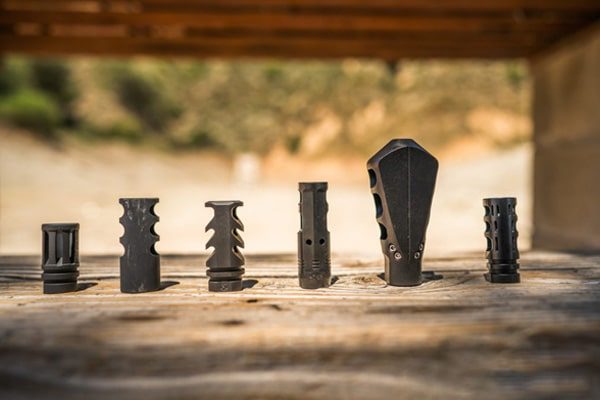
Timing a muzzle brake can be a bit tricky, but with the right tools and some patience, it can be done easily. Follow these steps to time your muzzle brake:
1. First, you need to remove any existing muzzle device from your rifle’s barrel. This can be done by using a wrench or pliers to unscrew the device.
2. Next, you need to clean the threads on your rifle’s barrel with a cleaning solution and a brush. This will ensure that the new muzzle brake threads on smoothly and evenly.
3. Apply a small amount of anti-seize lubricant to the threads of your muzzle brake. This will help prevent the brake from seizing onto the barrel in the future.
4. Hand-thread the muzzle brake onto the barrel until it is snug. Do not use any tools at this point, as you want to be able to adjust the brake’s position easily.
5. With the muzzle brake in place, use a timing nut or shims to adjust the position of the brake. The goal is to align the ports on the brake with the top of the barrel. This will help reduce recoil and muzzle rise.
6. Once you have the brake in the desired position, use a wrench to tighten it down. Be careful not to over-tighten, as this can damage the brake or the barrel.
7. Finally, check the timing of the brake by firing a few rounds. If the recoil and muzzle rise are reduced, then you have successfully timed your muzzle brake.
Remember, timing a muzzle brake is an important step in reducing recoil and improving accuracy. Take your time and be patient, and you will be rewarded with a more comfortable shooting experience.
FAQs about Muzzle Brake
Q: Are Muzzle Brakes effective?
A: Yes, muzzle brakes are very effective at reducing felt recoil and improving accuracy. Proper installation and use of a muzzle brake can lead to substantial improvements in shooting performance.
Q: How do Muzzle Brakes work?
A: The primary function of a muzzle brake is to redirect the exiting gasses from the bore of the gun away from the line of sight in order to reduce felt recoil and improve accuracy. This is accomplished by the muzzle brake’s angled ports which redirect the gasses away from the line of sight and towards both sides of the gun. By doing so, recoil forces are dissipated and the shooter experiences less felt recoil.
Q: Are Muzzle Brakes safe to use?
A: Yes, muzzle brakes are safe to use when installed correctly and used responsibly. When firing with a muzzle brake attached, you must ensure that it is properly aligned with your bore in order to avoid potential injury or damage to yourself or those around you. Additionally, due to the loud report created by a muzzle brake, hearing protection should always be worn while shooting with one attached.
Q: What types of firearms can use Muzzle Brakes?
A: Muzzle brakes can be used on a wide variety of firearms, including rifles, shotguns, and handguns. However, it is important to check the manufacturer specifications before installing a muzzle brake to make sure it is compatible with your firearm.
Q: How long do Muzzle Brakes last?
A: Generally speaking, a muzzle brake should last for several thousand rounds when properly cared for and maintained. It is important to regularly inspect your muzzle brake for any signs of wear or damage and replace as necessary in order to ensure optimal performance.
Q: What type of materials are used in the construction of muzzle brakes?
A: Most manufacturers use high-quality metal alloys such as steel, aluminum, or titanium in the construction of muzzle brakes. Some high-end models may also feature additional materials such as carbon fiber for increased strength and durability.
Q: How do I attach a Muzzle Brake to my firearm?
A: In most cases, muzzle brakes are attached by either screwing them onto the end of your barrel or using an adhesive like Loctite. It is important to make sure that the muzzle brake is properly aligned with your bore before attaching it so as not to cause any damage.
Additionally, you should always use thread locker on all mounting hardware in order to ensure a secure connection. It is also recommended that you have a qualified gunsmith install your muzzle brake if you are unsure of how to properly do so.
Q: What are the benefits of using a Muzzle Brake?
A: The primary benefits of using a muzzle brake are reduced felt recoil and improved accuracy. Muzzle brakes can also help reduce muzzle rise in order to allow for quicker target re-acquisition, as well as helping to reduce noise and flash signature. Additionally, some models may feature additional ports which can be used for attaching accessories such as suppressors or compensators.
Q: Are there any drawbacks to using a Muzzle Brake?
A: The main drawback of using a muzzle brake is that it increases the overall length and weight of your firearm. Additionally, due to their design, they can increase the sound of the firearm when firing, which can be uncomfortable for those nearby. Finally, muzzle brakes also increase the muzzle blast and flash when firing, which should be kept in mind when shooting in enclosed areas.
Q: Is it necessary to use a Muzzle Brake?
A: While there are several benefits to using a muzzle brake, they are not necessary for every shooter or firearm. Ultimately, it is up to each individual shooter to decide whether or not a muzzle brake is right for them. However, if you are looking for improved accuracy and reduced felt recoil then a muzzle brake may be worth considering.
Conclusion
Timing a muzzle brake is an important step in the process of installing a muzzle brake on a firearm. It ensures that the brake is aligned properly with the barrel and that the gases are directed in the correct direction. By timing the brake, we can reduce recoil and muzzle rise, which can improve accuracy and make follow-up shots faster and easier.
There are several methods for timing a muzzle brake, including using a crush washer, shims, or a timing nut. Each method has its pros and cons, and the best method will depend on the specific brake and firearm being used. We recommend consulting with a gunsmith or experienced shooter to determine the best method for your particular setup.
Overall, timing a muzzle brake is a relatively simple process that can have a big impact on the performance of your firearm. By taking the time to ensure that your brake is properly aligned, you can improve your shooting experience and get the most out of your equipment.
Last Updated on October 28, 2023 by
